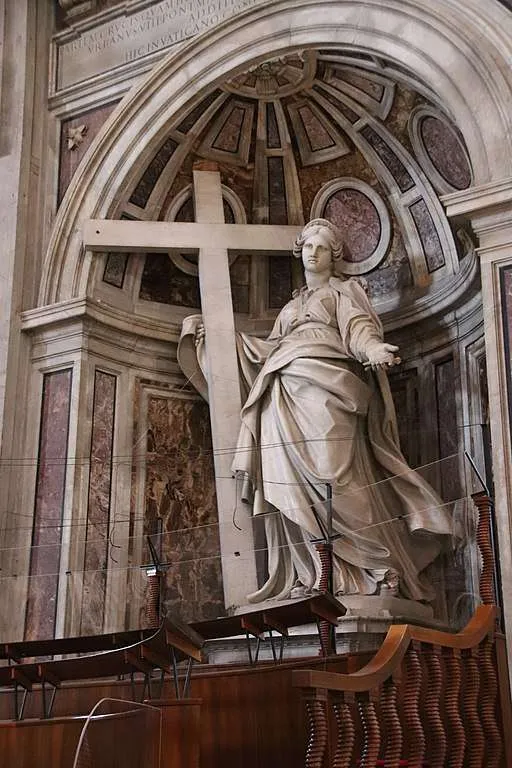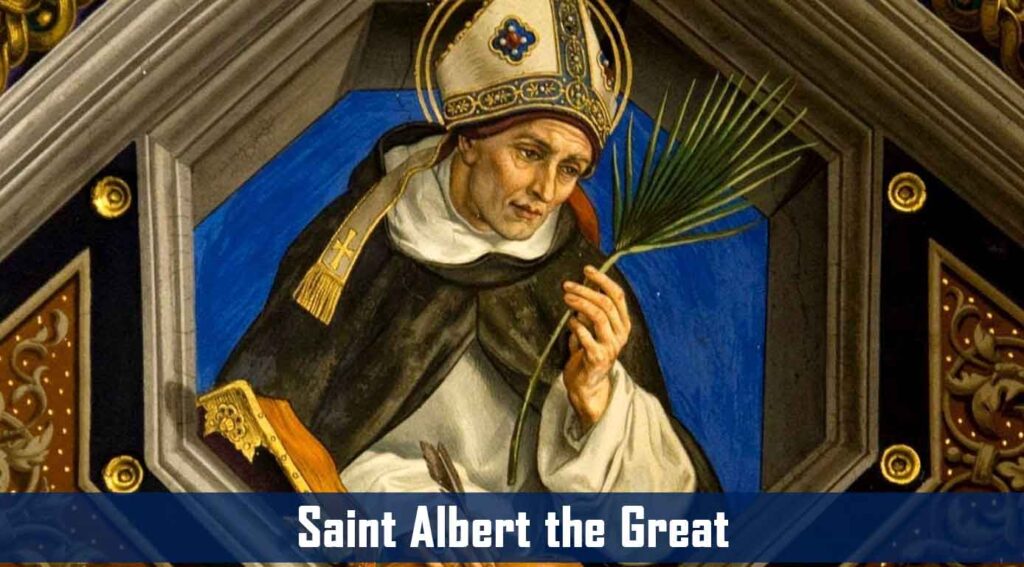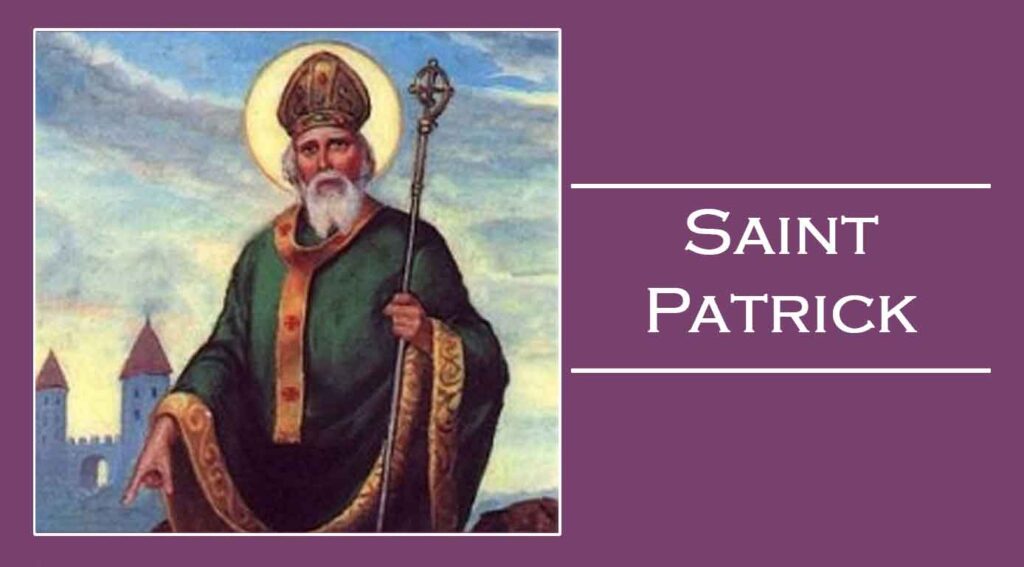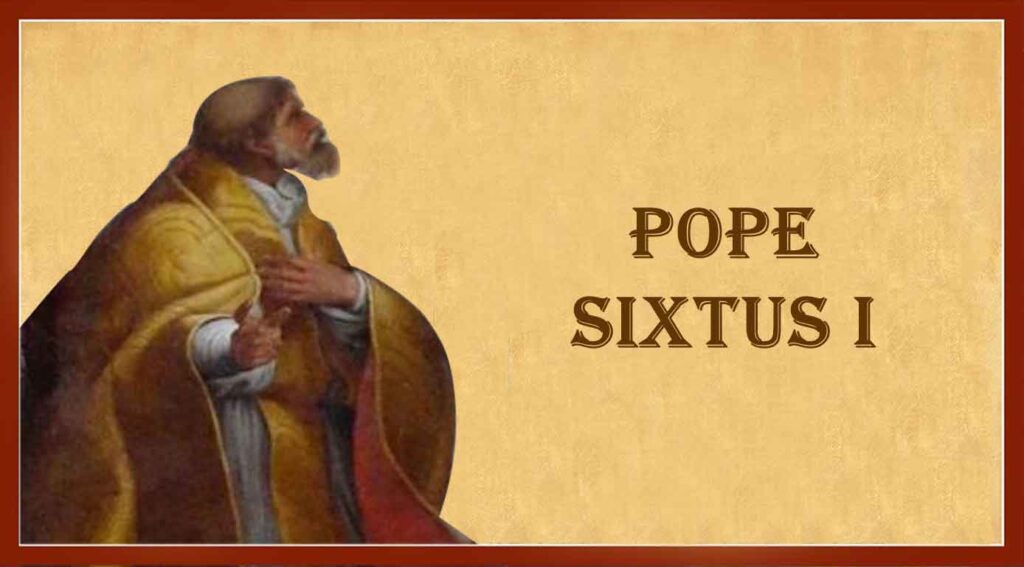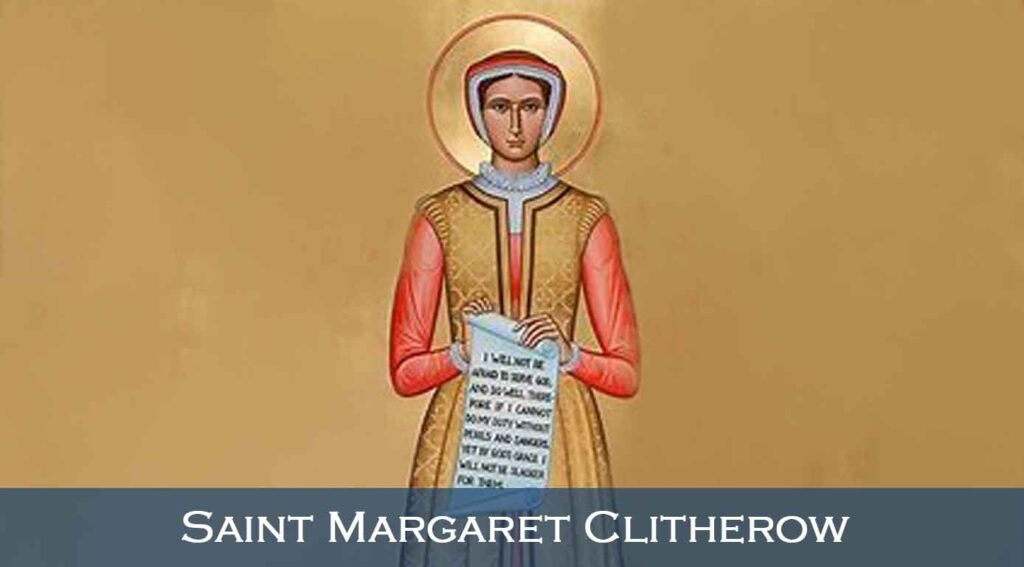The Feast of the Exaltation of the Holy Cross, also known as the Feast of the Triumph of the Cross, commemorates three historical events: the discovery of the True Cross in 326, its initial exaltation for public veneration in 335, and the recovery of the Cross from the Persians in 628. Nowadays, this feast also celebrates the boundless impact of Christ’s Cross upon all of creation.
The Edict of Milan, issued in 313, granted religious freedom across the Roman Empire. This was a mutual agreement between Roman Emperors Constantine I in the West and Licinius in the East. Before this edict, Christians had endured various state-sponsored persecutions over the prior two and a half centuries.
After the Edict was signed, from 314 to 324, Constantine and Licinius were in continual conflict. The tension escalated when Constantine accused Licinius of plotting against him. In 324, Constantine defeated Licinius in battle and subsequently executed him on charges of conspiracy. This made Constantine the sole ruler of the Roman Empire, including Jerusalem, which had previously been under Licinius’s control.
In 326, Constantine’s mother, Saint Helena, a devout Christian, embarked on a pilgrimage to the Holy Land. Her mission was to identify significant sites from Christ’s life and establish churches at those locations. In Jerusalem, she aimed to find the True Cross and to build a church over the sites of Mount Calvary and Jesus’ tomb, known as the Holy Sepulchre. Upon identifying Mount Calvary and the empty tomb, she discovered three discarded and buried crosses. After an investigation, the local bishop confirmed they were the crosses used to crucify Jesus and the two thieves. Since Helena did not know which cross was Christ’s, she arranged for a sick woman to touch all three. The woman was immediately healed upon touching one of them, indicating that it was the True Cross.
Following the discovery of the True Cross, Mount Calvary, and Christ’s tomb, Emperor Constantine ordered the construction of a church to encompass these sites and house the True Cross. The Church of the Holy Sepulchre was erected and dedicated on September 13, 335. As the legend goes, the following day, Christ’s Cross was brought outside the newly built church for the faithful to venerate. Thus, the first showing, or Exaltation of the Holy Cross, might have occurred on September 14, 335. Over the next three centuries, because liturgical celebrations were not widely centralized, the Feast of the Exaltation of the Holy Cross was likely celebrated annually in Jerusalem and varied in other ecclesiastical jurisdictions.
In 614, the Persians invaded Jerusalem and took the True Cross as a trophy. The Persians, primarily followers of the ancient religion of Zoroastrianism, were not Christians. Allowing the Holy Cross to remain in their possession was seen as sacrilegious. Eight years later, in 622, Eastern Roman Emperor Heraclius initiated military campaigns to recapture Jerusalem and the True Cross. Finally, in 628, he triumphed, and the following year, Emperor Heraclius entered Jerusalem with the True Cross, restoring it to the Church of the Holy Sepulchre. After that, the Feast of the Holy Cross became a universal celebration within the Church, starting in Rome and subsequently spreading throughout the entire empire, and has been celebrated annually on September 14 ever since.
Although we commemorate these three historical events today, the core of our celebration is not the physical wood of the Cross or the holy sites where Jesus died and was buried. Our primary focus is the infinite love shown through the selfless and perfect Sacrifice of the Son of God and the boundless mercy that has poured forth upon the world as a result. The Cross itself is a cruel instrument of torture and death. The fact that it is now the symbol of God’s perfect love only further magnifies that love and showcases God’s infinite power to use the worst for the best: to use death to bring life and to transform the greatest act of cruelty ever known into the greatest act of mercy ever bestowed upon the world.
The Cross of Christ must permeate each one of us, transforming us and making us new. First and foremost, this happens when we open ourselves to the infinite mercy of God flowing from that selfless Sacrifice. It also occurs when we allow every one of our sufferings, the injustices we endure, the crosses, hardships, and most undesirable aspects of our lives to share in the redemptive power of Christ. We do this when we embrace Jesus’ commands to share in His sufferings, unite them with His own, and allow Him to bear an abundance of good fruit through us. “Whoever wishes to come after me must deny himself, take up his cross, and follow me. For whoever wishes to save his life will lose it, but whoever loses his life for my sake will find it” (Matthew 16:24–25).
As we commemorate the triumph of Christ’s Cross, call to mind the crosses you bear each day. More often than not, when faced with crosses, we seek a way out, succumb to self-pity, and are often tempted by anger and despair. Instead, try to allow Jesus to enter those crosses, transform them, and use them for His glory, your good, and the good of others. Crosses in life should not be avoided; they must be transformed. Although the suffering may remain, it must become redeemed suffering, thus bearing an abundance of good fruit in ways that only God can accomplish.
Source: https://mycatholic.life/saints/saints-of-the-liturgical-year/september-14the-exaltation-of-the-holy-cross-of-our-lord-jesus-christ/


